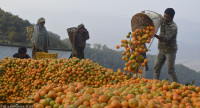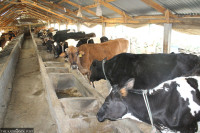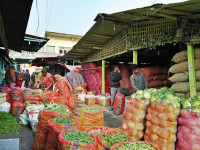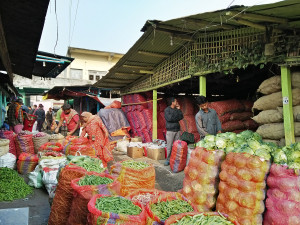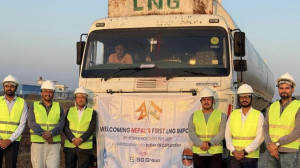Money
Flowminder, Ncell win GSMA award
A joint initiative of Ncell and the Flowminder Foundation of Sweden to identify displacement and people’s movement patterns to better target humanitarian support after the devastating earthquake of April 25, 2015 has won the award for Mobile in Emergency or Humanitarian Situations at the GSM Association’s Global Mobile Awards 2016.
A joint initiative of Ncell and the Flowminder Foundation of Sweden to identify displacement and people’s movement patterns to better target humanitarian support after the devastating earthquake of April 25, 2015 has won the award for Mobile in Emergency or Humanitarian Situations at the GSM Association’s Global Mobile Awards 2016.
The GSMA handed over the award to Ncell and Flowminder on Tuesday amid a function at the Mobile World Congress in Barcelona. Rajesh Lal Nyachhyon of Ncell and Linus Bengtsson and Erik Wetter of Flowminder received the award, Ncell said in a press statement.
Ncell had provided anonymized network data to Flowminder after the earthquakes in 2015. The Swedish research foundation then generated information on people displacement in the aftermath of the disaster. This information was part of the regular UN updates to aid organizations and was critical in ensuring that relief efforts were directed towards the right regions.
“The updates helped relief agencies to better manage logistics and provide relief materials such as food, water, medicines and shelter,” Ncell said. They also helped to understand the need for post-earthquake rehabilitation and reconstruction along with the effects of people migration during such crisis.
“The initiative received great response from the humanitarian aid community to channelize support effectively after the earthquake last year,” said Ncell CEO Erim Taylanlar. “The GSMA Global Mobile Awards is, indeed, an important achievement. We have been able to demonstrate with example how mobile companies can play an important role in disaster response.”
According to Ncell, this was the first time the method had been adopted to track movement in an ongoing “live” situation, helping to understand where the people were and channelize rescue and relief efforts accordingly for greater efficiency.
The initiative showed that another 500,000 people had left the Kathmandu Valley two weeks after the quake. Most of them went to the surrounding districts and the Tarai areas in the south and southeast of the country.
On a wider scale, an estimated 1.8 million people had left their home districts across the country.




 20.12°C Kathmandu
20.12°C Kathmandu